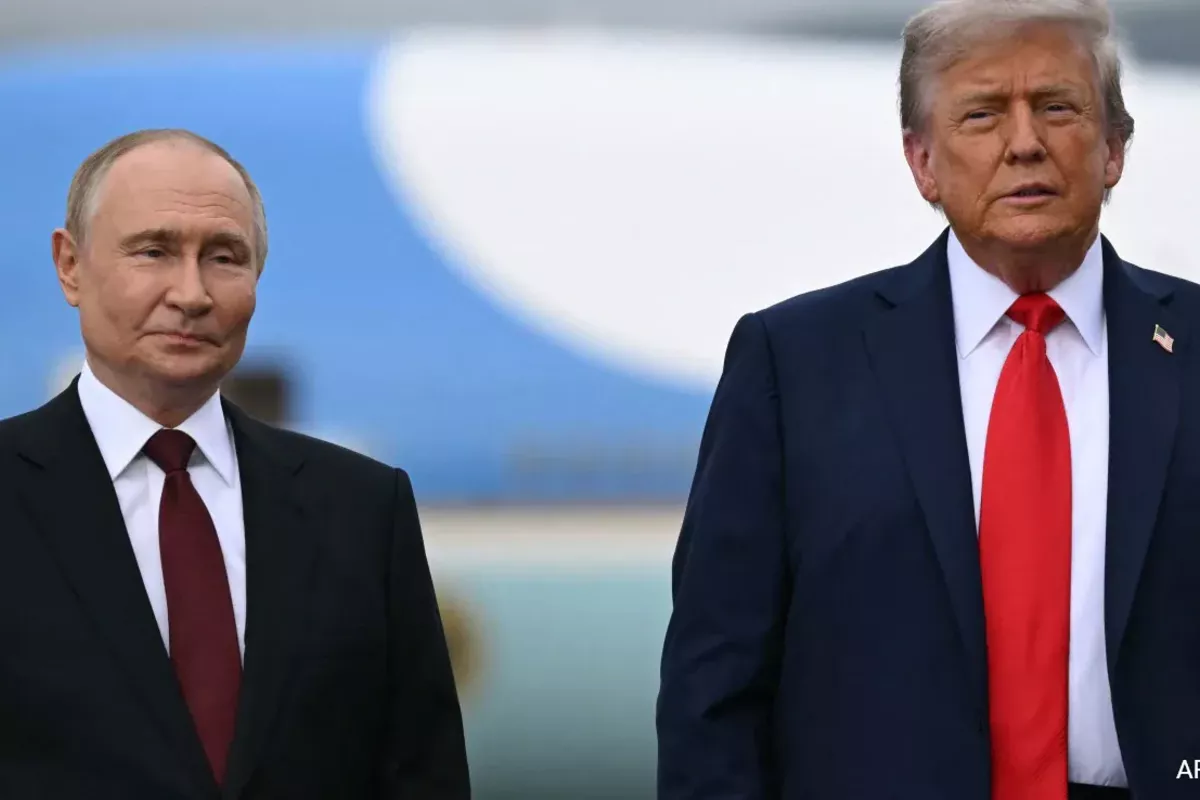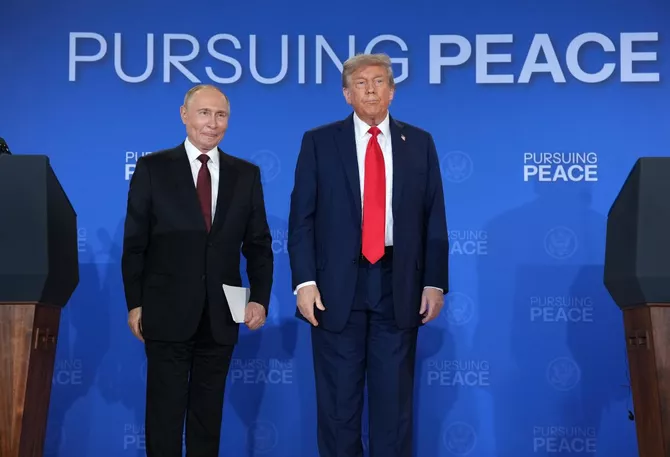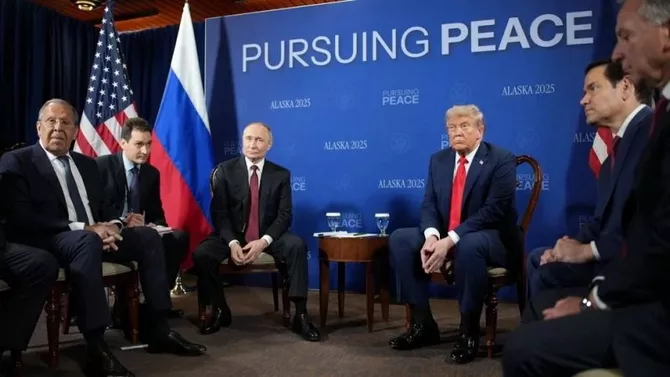
Much has already been said about the meeting between Vladimir Putin and Donald Trump in Anchorage, yet the core meaning of the event is lost if one looks only at the press release and a few protocol shots.
The true novelty of the moment lay in the carefully orchestrated symbolism-and in how both sides interpreted it. In high politics, gestures often speak louder than words: the U.S. President inviting the Russian leader into his car, the deliberately intimate setting of certain episodes, the tone of the press conference-all of this signaled not a “one-day truce” but a reset of trust to a level sufficient for beginning a long conversation. This is why Anchorage is already being compared to the Elbe: there, the Allies shook hands on the ruins of war; here, two of the world’s most influential players confirmed their willingness to chip away at the ice crust of tension that had long hindered meaningful dialogue about the future.
Equally important was the other side of this demonstration of openness-a no less unambiguous signal about the boundaries of what is possible. Moscow made it clear: there will be no conversation “from a position of strength.” On the Ukrainian track, and on Eastern Europe more broadly, Russia has a clear, rational, and consistent position; it does not have to align with the EU’s line, and this is no reason to reduce the discussion to an exchange of threats. In Anchorage, there were no romantics or publicists-only two mature, experienced statesmen who understand the value of words and silence, compromise and firmness. This contrast-between a demonstrative readiness for dialogue and an equally demonstrative reminder of red lines-is precisely what gave the meeting its strategic weight.

Getty images
The symbolic layer was enriched with historical references. The reminder of Russian toponyms in Alaska and of the pages in history where Russian and American flags were raised side by side was not folklore or a courtesy for the cameras. It was an invitation to return to the memory of joint efforts where interests coincide-and to part ways honestly where they do not. The history of cooperation between the two countries exists, and it has a chance to continue-provided it is not constantly rewritten to suit political expediency.
It is also worth noting the seeming “sparseness” of specifics. The absence of a long list of minor agreements is not a failure or an oversight by the negotiators. On the contrary: if the main ice floe blocking the channel of dialogue has shifted, there is no need to rush to enumerate the smaller chunks. The first priority is to agree on the direction of the current and the shape of the banks; the protocols, road maps, and schedules of working groups will follow. In this sense, Anchorage was not about “results by midnight,” but about a change in the climate for seasons to come.

Photo by Andrew Harnik/Getty Images
What should be expected next? First, the restoration and institutionalization of communication channels where pauses were risky-from military deconfliction lines to expert tracks on strategic stability. Second, the emergence of narrow technical agreements that require no political fireworks but can reduce the risk of misinterpretations on the ground and in the air. Third, a possible return to the topic of mutual deterrence parameters under new technological conditions-from long-range systems to cyber risks. All of this is work for professionals, not press releases, yet it is precisely this “quiet security bureaucracy” that prevents major mistakes.
The European dimension, though outside the strictly bilateral stage, remains ever-present. The more closely and substantively Washington and Moscow discuss the framework of a future security architecture, the less space there is for political gestures that create expectations but no mechanisms. This does not mean European allies will simply be presented with a fait accompli; it does mean that the main vector will be set by those who can genuinely reach agreements and bear responsibility for keeping them.
Finally, much was revealed by who exactly sat at the table and who remained behind the scenes. The composition of the delegations is a reliable indicator of where the parties see the “assembly points” of the future agenda. When those behind the protocol are the people making the decisions, rather than merely preparing them, it is a direct signal that substantive bargaining lies ahead-and that it concerns “big matters,” not just an exchange of notes through the press.
In the end, Anchorage was neither a finale nor a “historic deal” in the conventional media sense. It was a rare moment when symbols were used for their intended purpose: as a tool that first opens the door and then keeps it ajar while those entering test whether it is possible to speak without raised voices. The meeting showed that it is possible. Two strong leaders agreed that dialogue matters more than displays of force, that great wars begin with small misguided signals, and that great peace begins with the right choice of tone. What follows will depend on skill, patience, and political will. But the first step has been taken, and that is its main result.
Share on social media